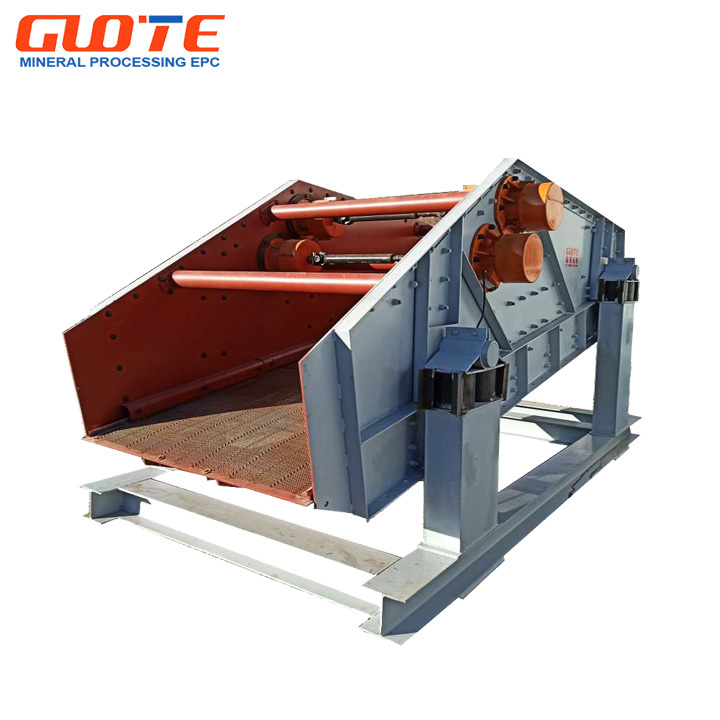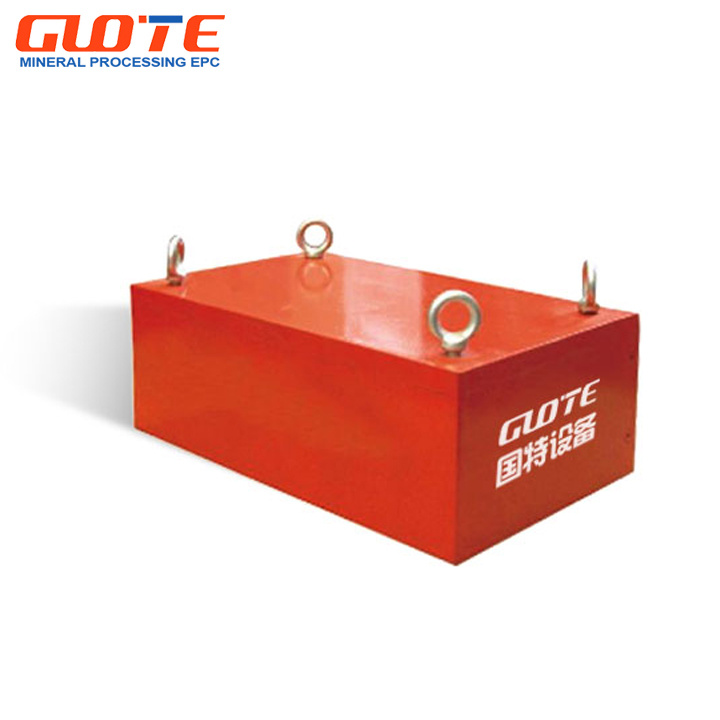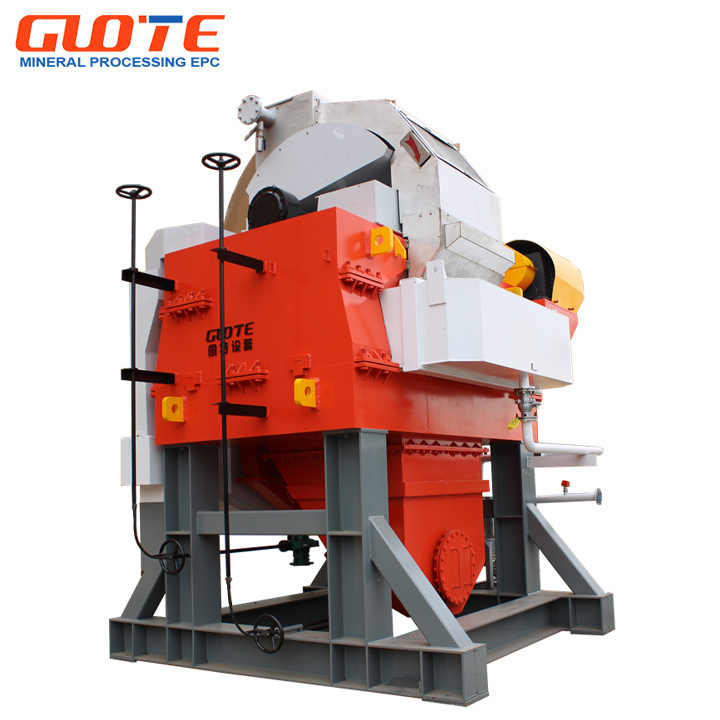Enhancing Efficiency in Silica Sand Processing: A Guide to Quality Wet Type Silica Sand Processing Lines
Silica sand is a vital raw material used across various industries, including glass manufacturing, foundry applications, and construction. To ensure the highest purity and quality, a well-designed wet type silica sand processing line is crucial. This type of processing line employs water to help separate impurities from the sand and improve its overall quality.
A quality wet type silica sand processing line typically includes several key stages: washing, classification, and dewatering. The washing stage utilizes water to remove contaminants such as clay, silt, and other impurities from the silica sand. This process not only enhances the purity of the sand but also prepares it for further processing.
Classification is another critical component that ensures the silica sand is sorted based on particle size. This is usually achieved through the use of vibrating screens or hydrocyclones, which efficiently classify the sand into different grades. Proper classification is essential as it allows manufacturers to produce silica sand tailored for specific applications, thus enhancing the overall product quality.
Once the silica sand is washed and classified, the next step is dewatering. This process removes excess water from the sand, making it easier to handle and transport. Dewatering is typically accomplished using dewatering screens or centrifuges, which help achieve the desired moisture content for the final product.
The advantages of using a quality wet type silica sand processing line are manifold. Firstly, the wet processing method significantly reduces the amount of airborne dust produced during sand handling, which is crucial for maintaining a safe working environment. Additionally, the high level of purity achieved through wet processing is essential for applications that demand stringent quality standards, such as in the production of high-grade glass.
Furthermore, investing in a quality wet type silica sand processing line can lead to increased operational efficiency. By automating several stages of the processing line, manufacturers can reduce labor costs and minimize the risk of human error. This efficiency not only enhances productivity but also contributes to better resource management, ultimately benefiting the bottom line.
In conclusion, a quality wet type silica sand processing line is an indispensable asset for manufacturers aiming to produce high-quality silica sand. By focusing on effective washing, classification, and dewatering processes, businesses can ensure that they meet the demands of their industries while optimizing production efficiency. With environmental considerations in mind, the advantages of adopting a wet processing approach further reinforce its importance in today’s manufacturing landscape.
A quality wet type silica sand processing line typically includes several key stages: washing, classification, and dewatering. The washing stage utilizes water to remove contaminants such as clay, silt, and other impurities from the silica sand. This process not only enhances the purity of the sand but also prepares it for further processing.
Classification is another critical component that ensures the silica sand is sorted based on particle size. This is usually achieved through the use of vibrating screens or hydrocyclones, which efficiently classify the sand into different grades. Proper classification is essential as it allows manufacturers to produce silica sand tailored for specific applications, thus enhancing the overall product quality.
Once the silica sand is washed and classified, the next step is dewatering. This process removes excess water from the sand, making it easier to handle and transport. Dewatering is typically accomplished using dewatering screens or centrifuges, which help achieve the desired moisture content for the final product.
The advantages of using a quality wet type silica sand processing line are manifold. Firstly, the wet processing method significantly reduces the amount of airborne dust produced during sand handling, which is crucial for maintaining a safe working environment. Additionally, the high level of purity achieved through wet processing is essential for applications that demand stringent quality standards, such as in the production of high-grade glass.
Furthermore, investing in a quality wet type silica sand processing line can lead to increased operational efficiency. By automating several stages of the processing line, manufacturers can reduce labor costs and minimize the risk of human error. This efficiency not only enhances productivity but also contributes to better resource management, ultimately benefiting the bottom line.
In conclusion, a quality wet type silica sand processing line is an indispensable asset for manufacturers aiming to produce high-quality silica sand. By focusing on effective washing, classification, and dewatering processes, businesses can ensure that they meet the demands of their industries while optimizing production efficiency. With environmental considerations in mind, the advantages of adopting a wet processing approach further reinforce its importance in today’s manufacturing landscape.
quality Wet type silica sand processing line
Related Products
Related News






